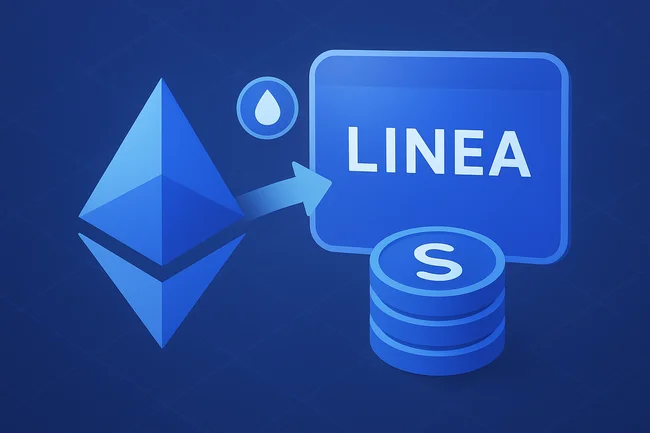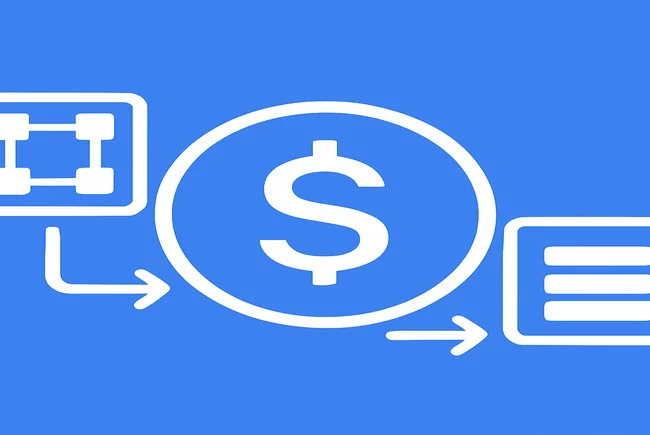A public permissionless blockchain is a type of blockchain that allows anyone to join and participate without needing approval from a central authority. This open nature fosters decentralization, meaning no single entity controls the network.In this system, all transactions are visible to anyone, ensuring transparency. Users can read and verify the transaction history, which helps build trust among participants. Each transaction is added to a block, which is then linked to previous blocks, forming a chain.Security is maintained through consensus mechanisms, like proof of work or proof of stake. These methods ensure that participants agree on the validity of transactions before they are added to the blockchain, protecting against fraud and malicious activities.Examples of public permissionless blockchains include Bitcoin and Ethereum. They allow users to send and receive funds, create smart contracts, and develop decentralized applications. Overall, this model promotes innovation and collaboration by providing a platform where anyone can contribute and benefit from the network.

Lido Launches Direct Staking on Linea, Expanding ETH Access Across Networks
Lido has launched its Direct Staking functionality on the Linea network, allowing users to stake Ether (ETH) directly without bridging



